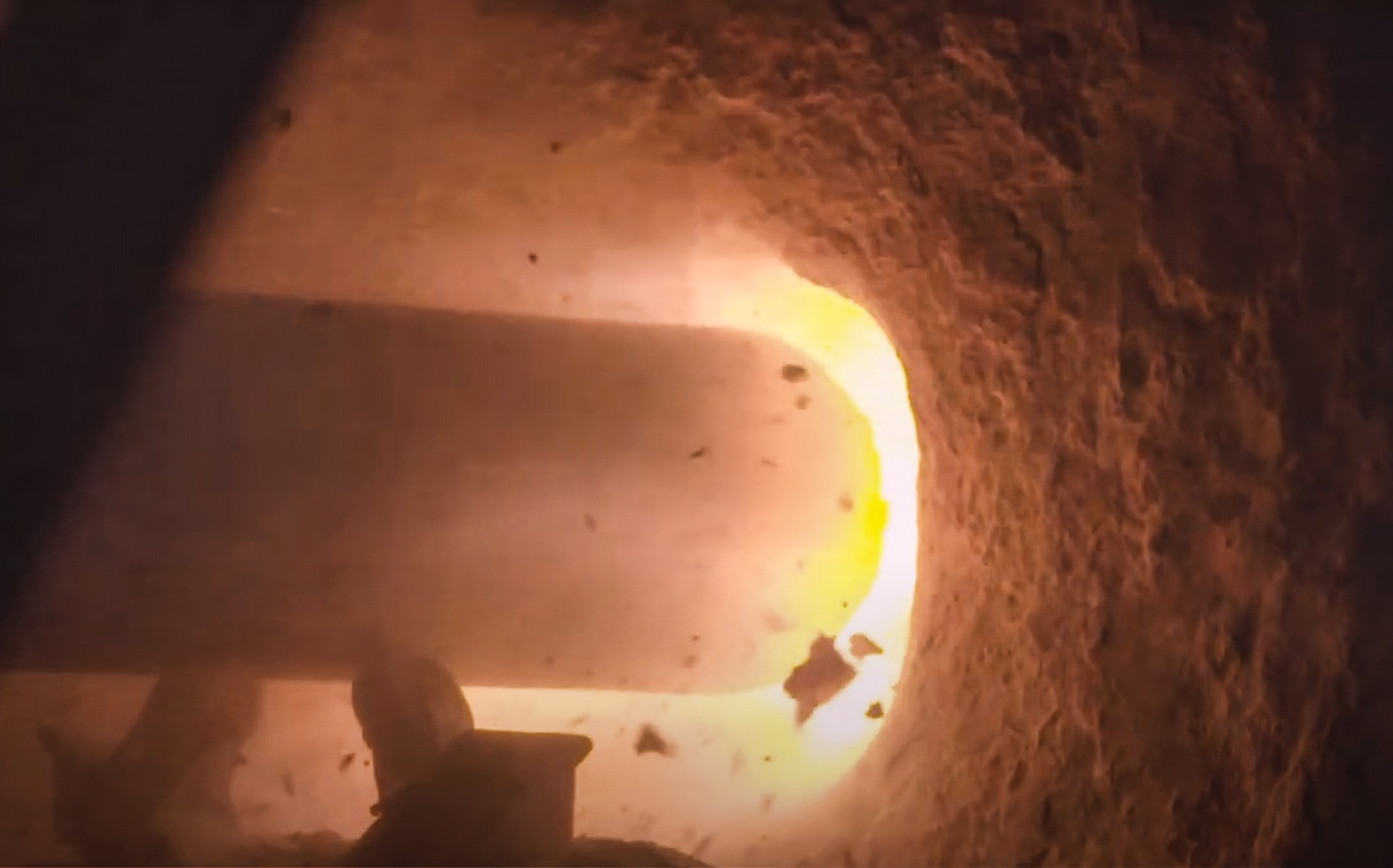
A new case study authored by Scenic America and now available on scenic.org outlines the innovative technology behind EarthGrid’s powerful plasma boring utility and infrastructure installation and hardening application.
EarthGrid’s groundbreaking approach to undergrounding utilities offers a revolutionary method for efficient and environmentally friendly installation and upgrading of essential infrastructure. By harnessing advanced plasma technology, EarthGrid has pioneered a process that minimizes disruption to the surface while significantly enhancing the speed, precision, efficiency, and cost of utility installation and strengthening. Current applications of the technology have shown significant cost and time savings, as well as realizing projects that would otherwise be abandoned due to certain geology rendering them unfeasible compared to traditional undergrounding methods.
The need for and benefit of underground utilities has grown over the last decade, with the effects of climate change and the aging of our power grid having more dire implications on our energy infrastructure. Furthermore, our power grid in its current state cannot and will not be able to handle our transition to renewable, green, and clean energy. Underground utilities are roughly nine times more reliable than overhead power lines and are more protected from–and resilient to–severe weather and other above-ground impacts. They are safer for both on-site and off-site workers and mitigates the risk of wildfire drastically.
EarthGrid is a registered telecom utility in 45 states (CPCN, Certificate of Public Convenience and Necessity), which gives them access to projects and programs that support multiple sectors of infrastructure development, including tunneling, logistics, high-speed internet, renewable energy, wastewater, and transportation.
At the heart of EarthGrid’s innovation lies their patented plasma-powered boring technology. Their process quickly cuts through rock by inducing thermal shock to the rock’s surface, resulting in spallation; tiny bits and pieces flying off due to stress. Unlike traditional boring methods, no drilling chemicals are needed.
One of the most compelling advantages of EarthGrid’s plasma boring technology is its minimal impact on surface landscapes and existing infrastructure. Unlike conventional digging and trenching, which can disrupt communities and pose environmental risks, plasma boring offers a non-invasive approach that preserves surface integrity and reduces the potential for disruption to local ecosystems. This aspect makes it particularly well-suited for urban environments where space is limited and the preservation of above-ground landscapes is critical.
Moreover, EarthGrid’s technology excels in terms of efficiency and speed. By leveraging the power of plasma, utility installation can be completed in a fraction of the time required by traditional methods, translating into significantly reduced project timelines.
EarthGrid’s plasma boring technology represents a transformative and much-needed leap forward in the realm of underground utility installation. Through its combination of cutting-edge science and commitment to evolving infrastructure, EarthGrid is poised to redefine the way essential infrastructure is installed and maintained, paving the way for a grid that can facilitate our future energy needs.
For more information, please read our new case study on EarthGrid’s plasma boring technology for utility undergrounding.
Related News
-
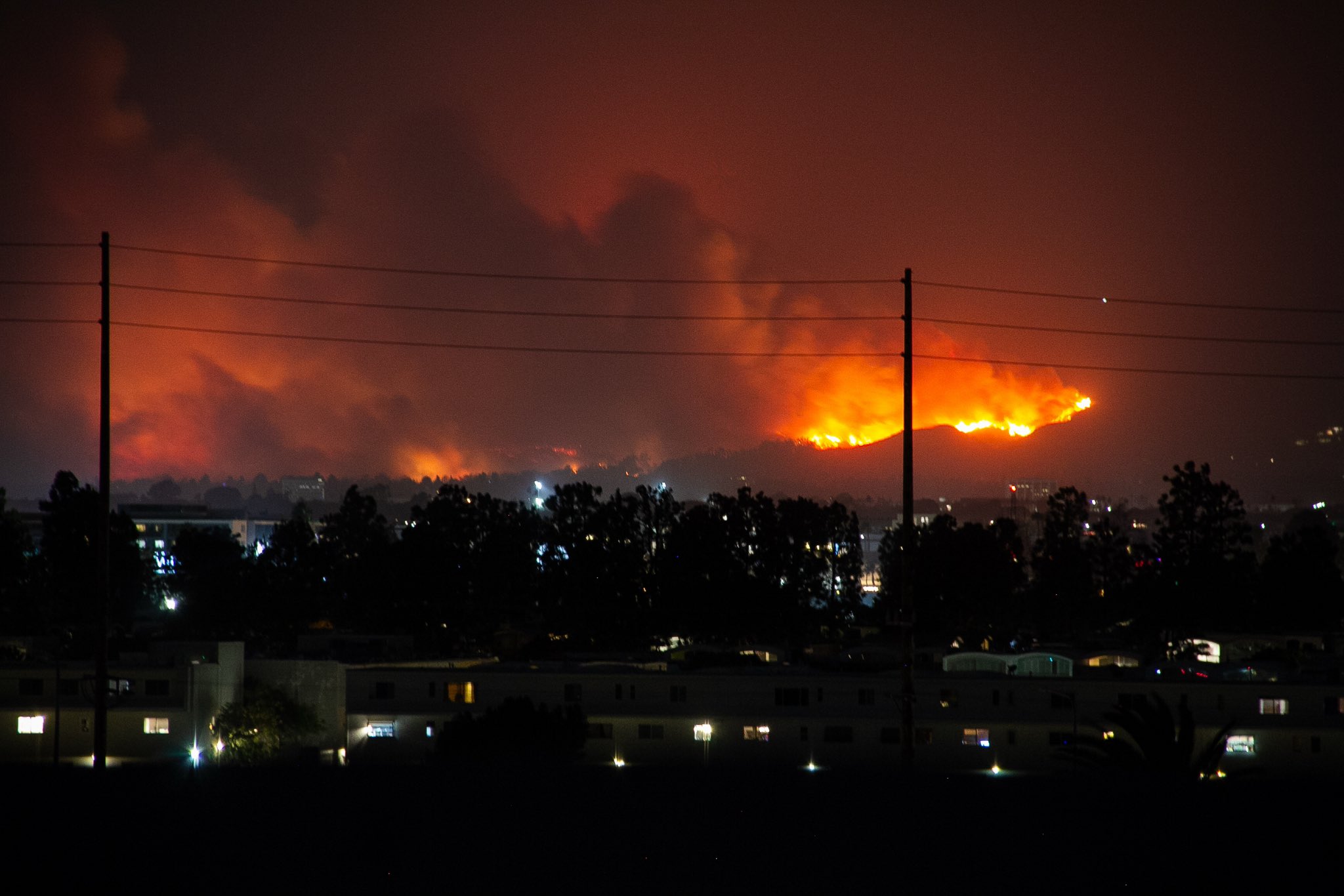 Scenic America Applauds Southern California Edison’s Shift Toward Undergrounding Power…Scenic America strongly supports Southern California Edison’s announcement to expand undergrounding of power lines in…
Scenic America Applauds Southern California Edison’s Shift Toward Undergrounding Power…Scenic America strongly supports Southern California Edison’s announcement to expand undergrounding of power lines in… -
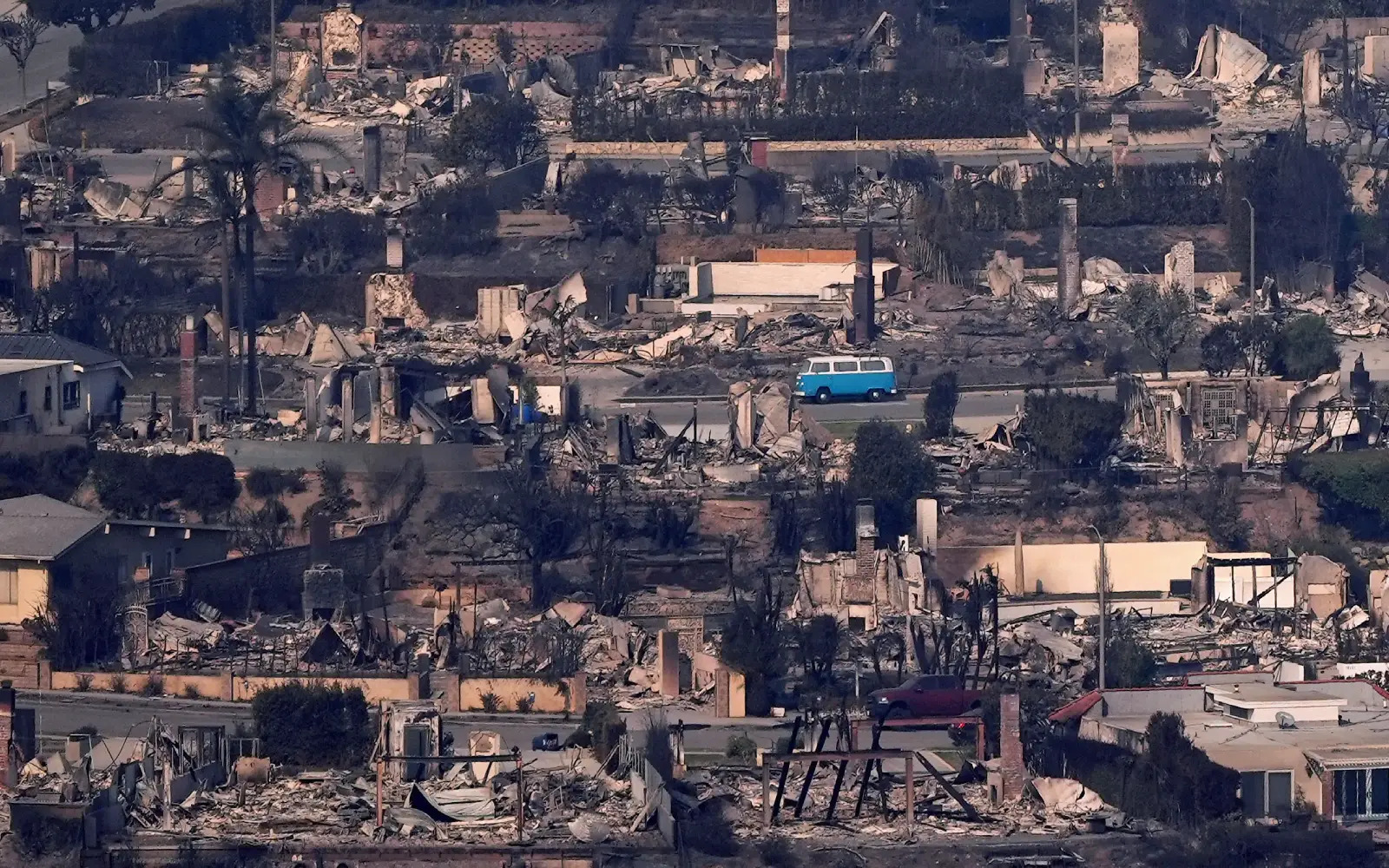 Scenic America Statement on Governor Newsom’s Executive Order to Expedite…Governor Gavin Newsom recently issued an executive order to fast-track the undergrounding of power lines…
Scenic America Statement on Governor Newsom’s Executive Order to Expedite…Governor Gavin Newsom recently issued an executive order to fast-track the undergrounding of power lines… -
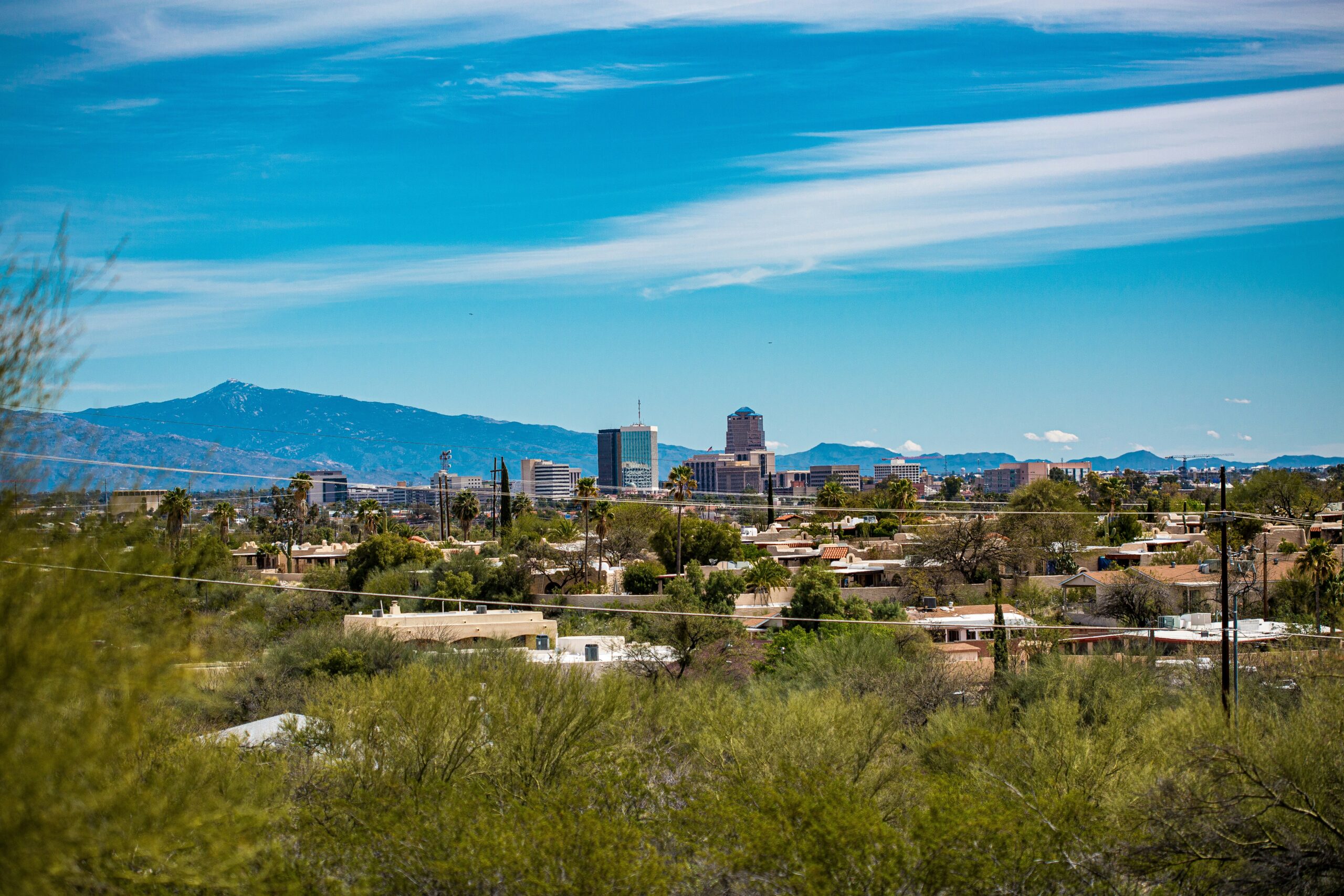 A Victory for Scenic Beauty and Community Character in Tucson,…In a victory in the fight to protect Tucson, Arizona’s scenic beauty, the Tucson Zoning…
A Victory for Scenic Beauty and Community Character in Tucson,…In a victory in the fight to protect Tucson, Arizona’s scenic beauty, the Tucson Zoning… -
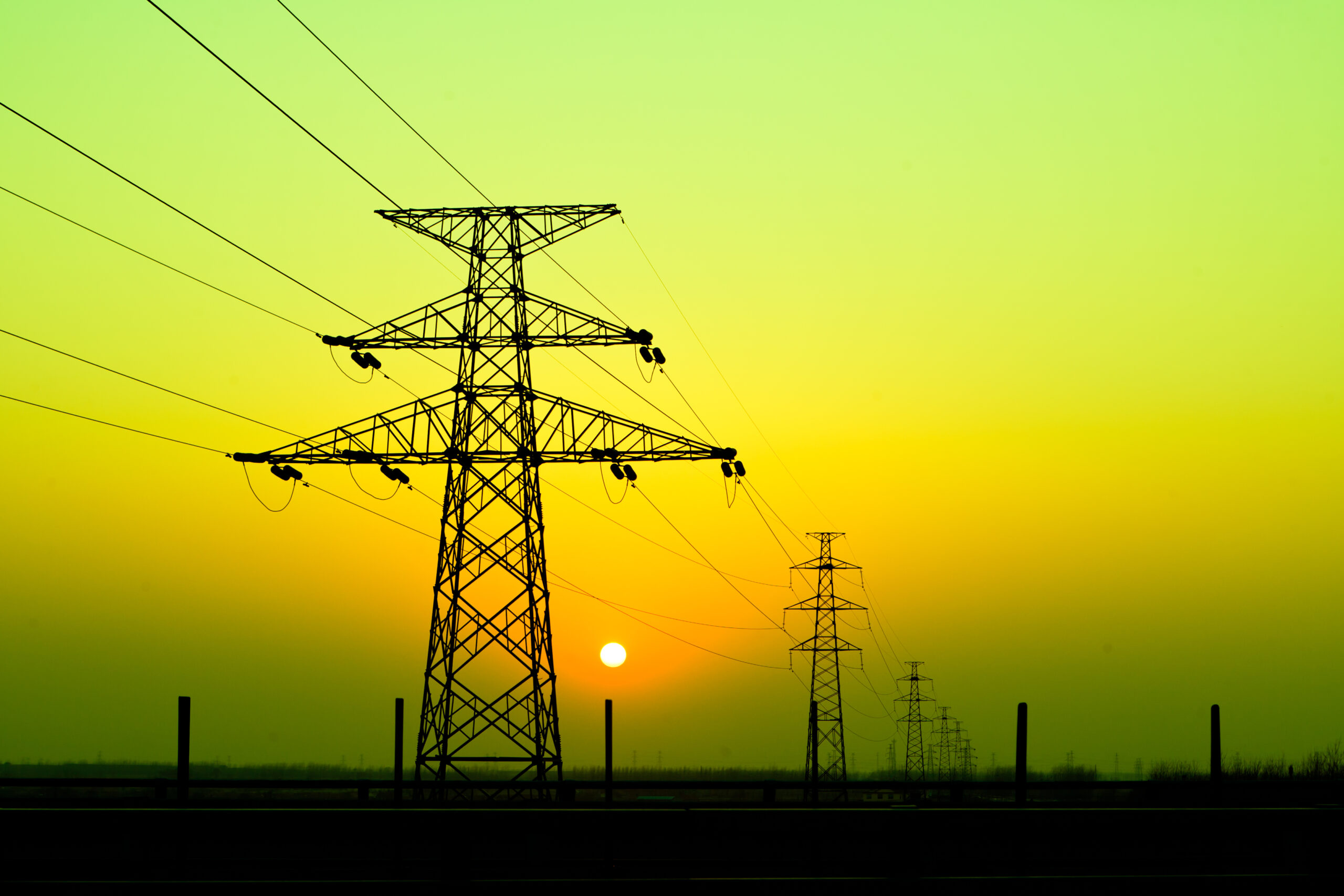 New Maryland Bills Promote Transmission UndergroundingMaryland is taking significant steps to modernize its approach to electric transmission line development while…
New Maryland Bills Promote Transmission UndergroundingMaryland is taking significant steps to modernize its approach to electric transmission line development while…